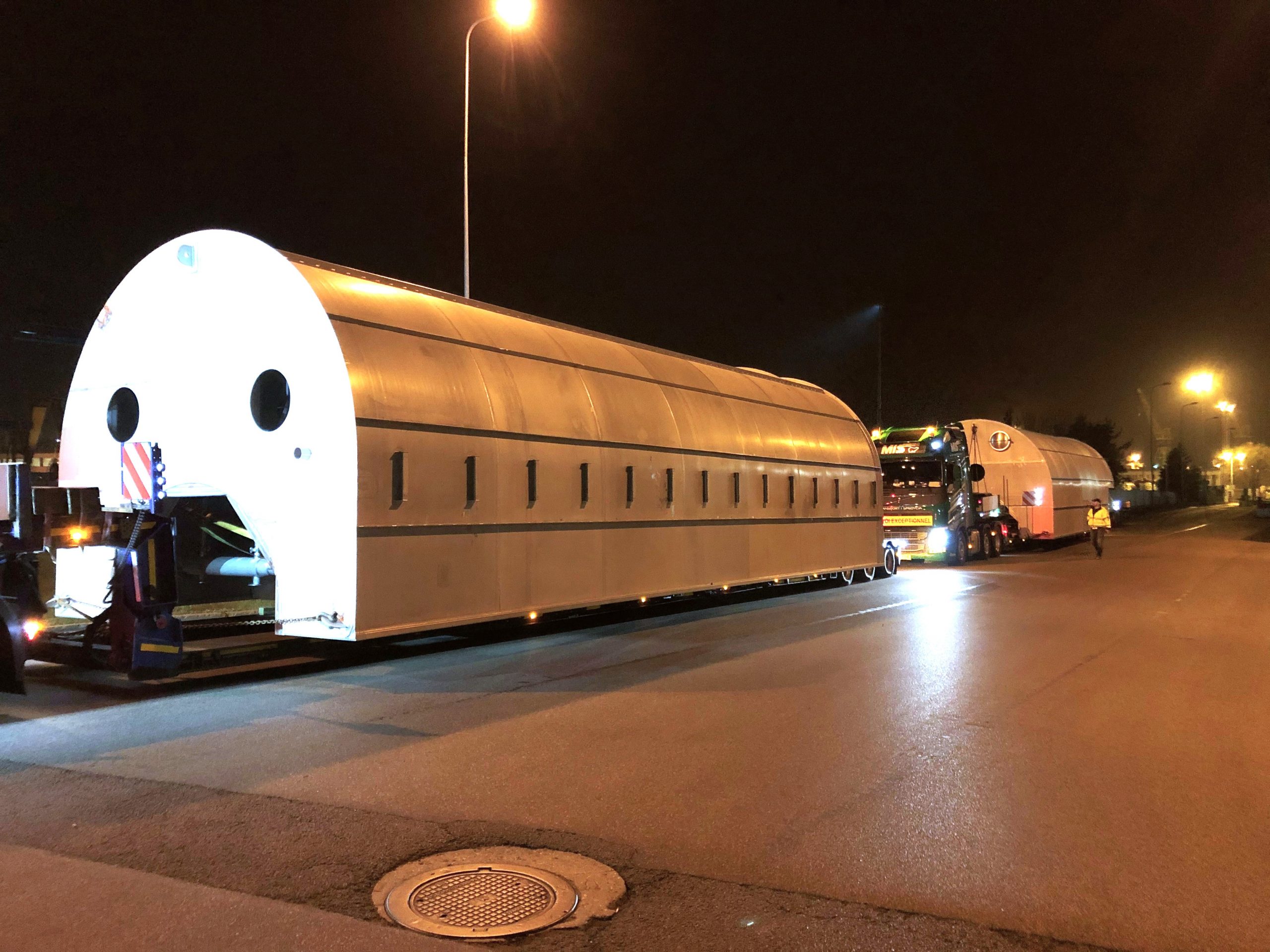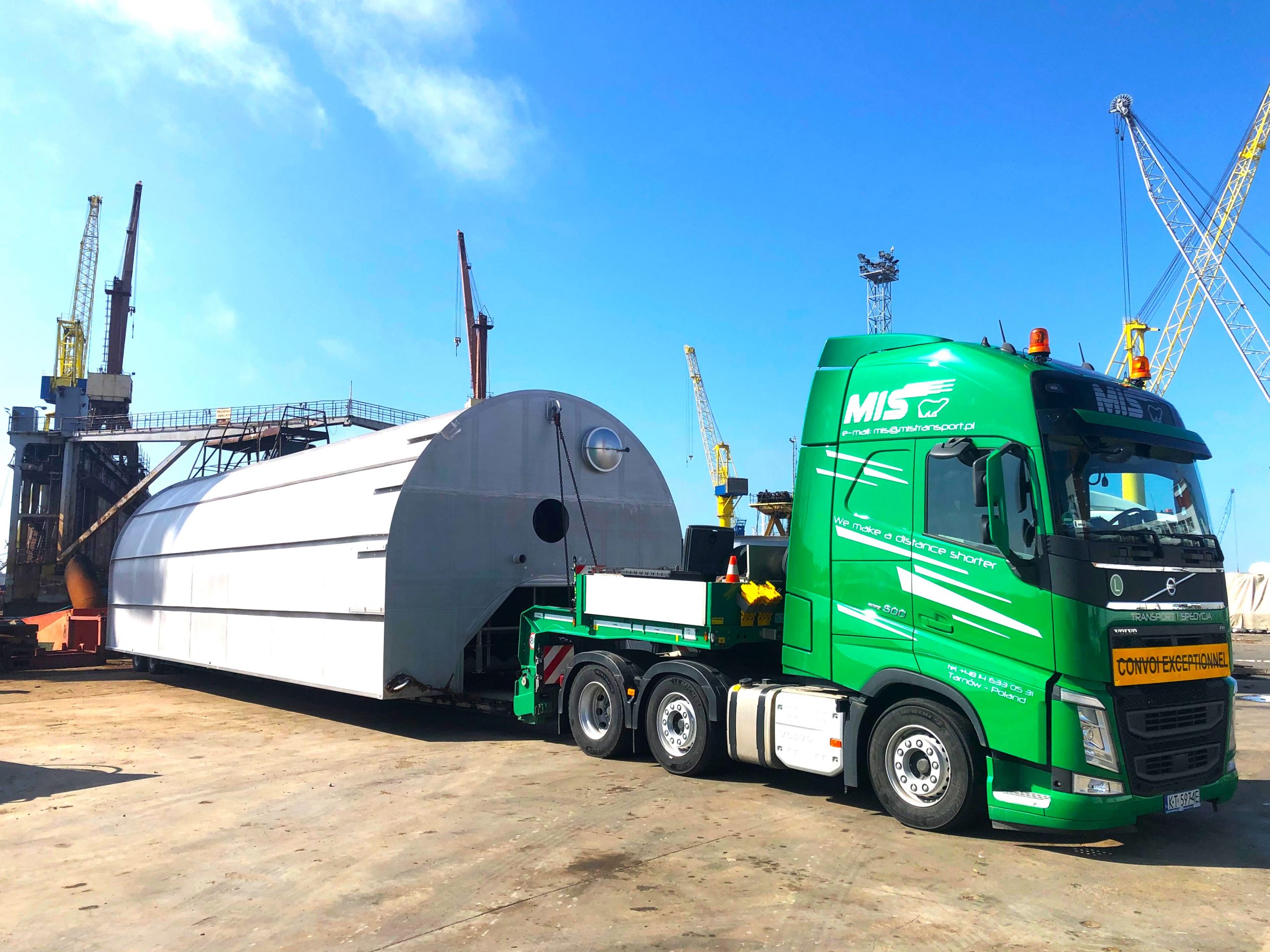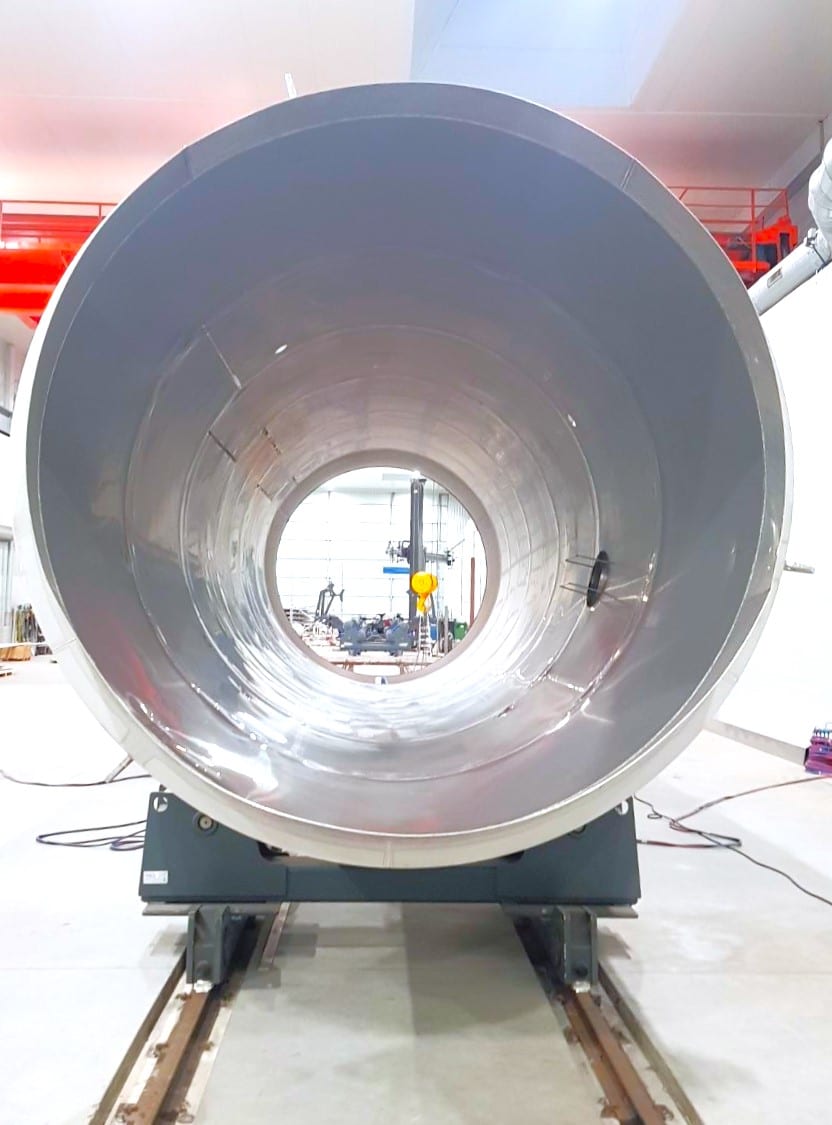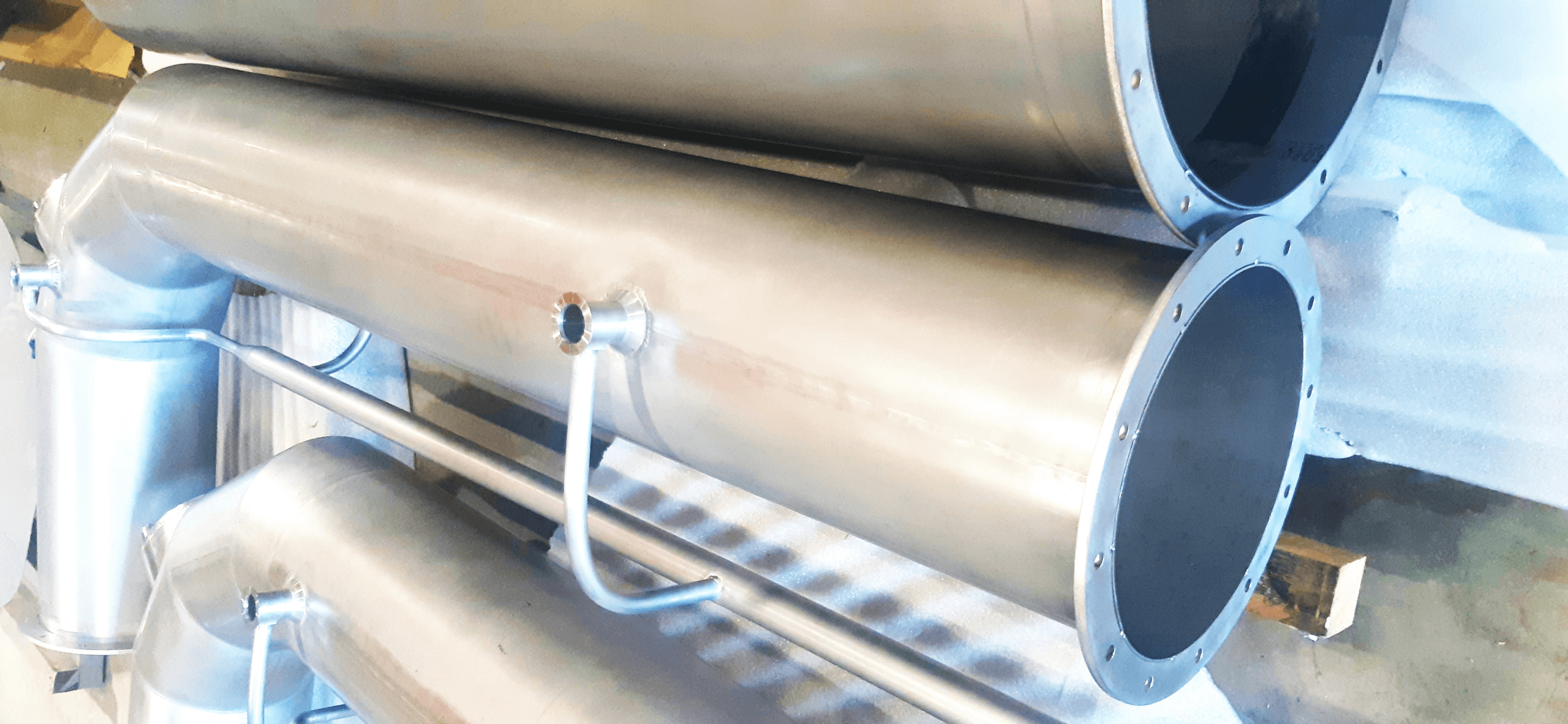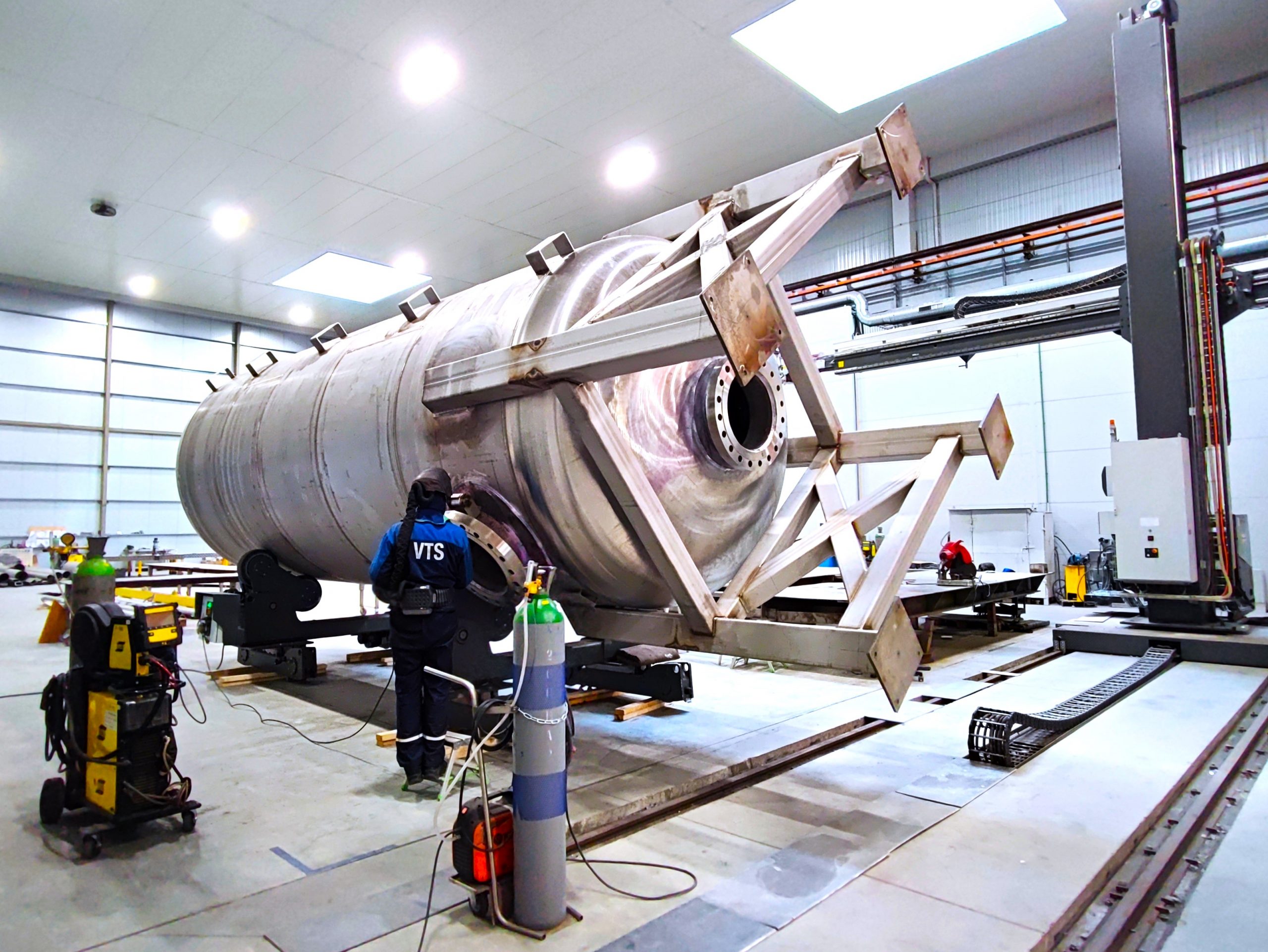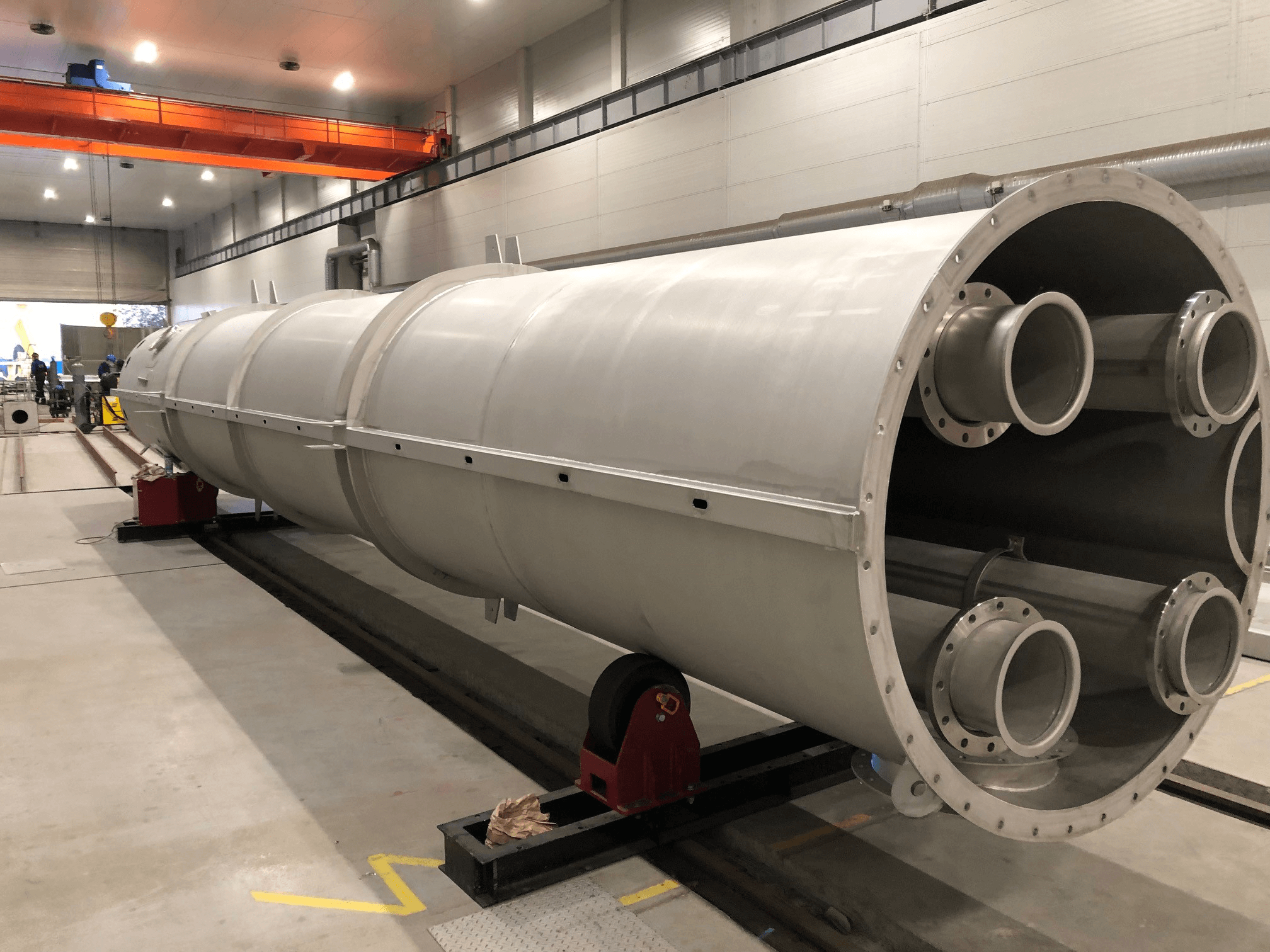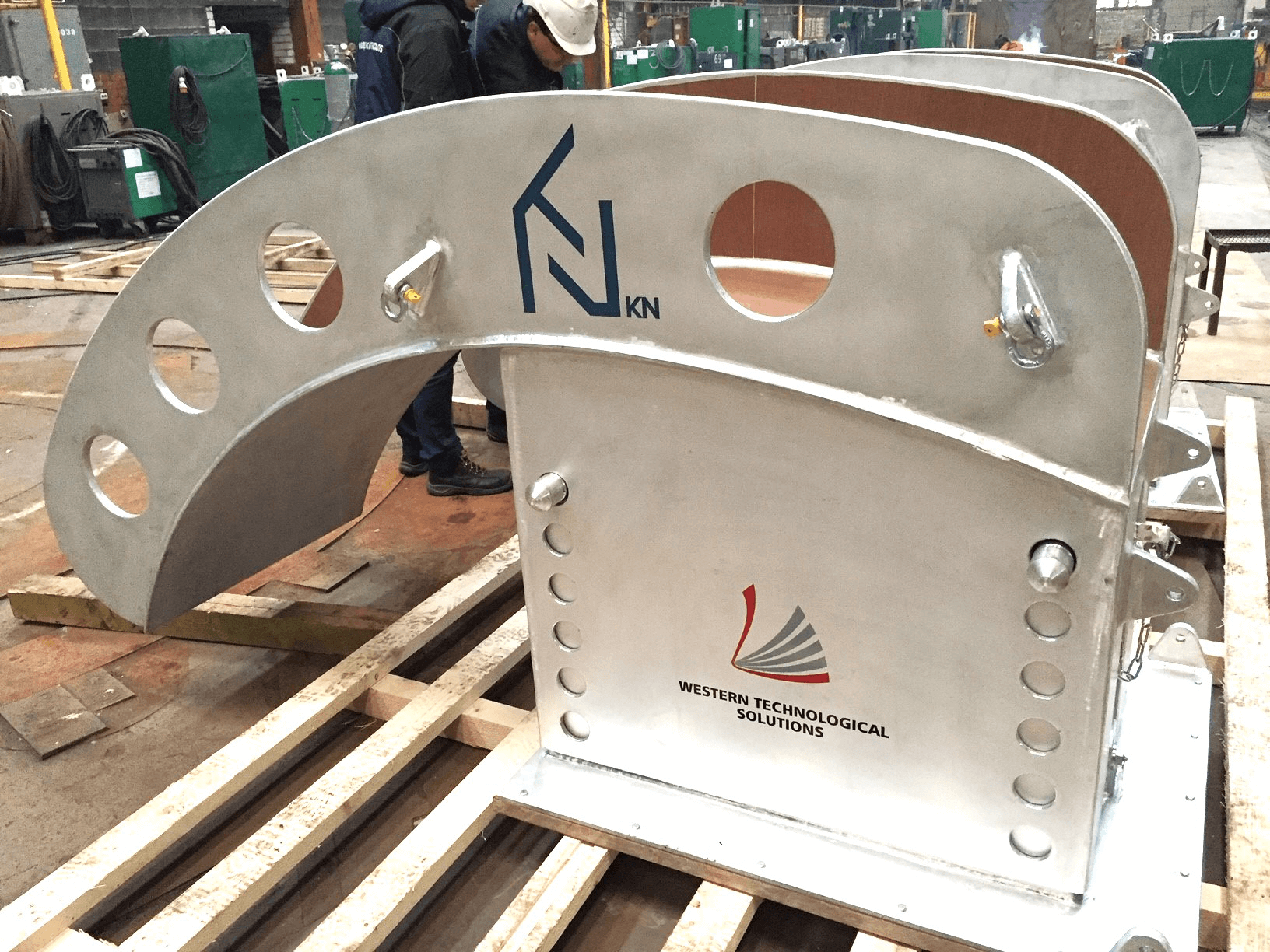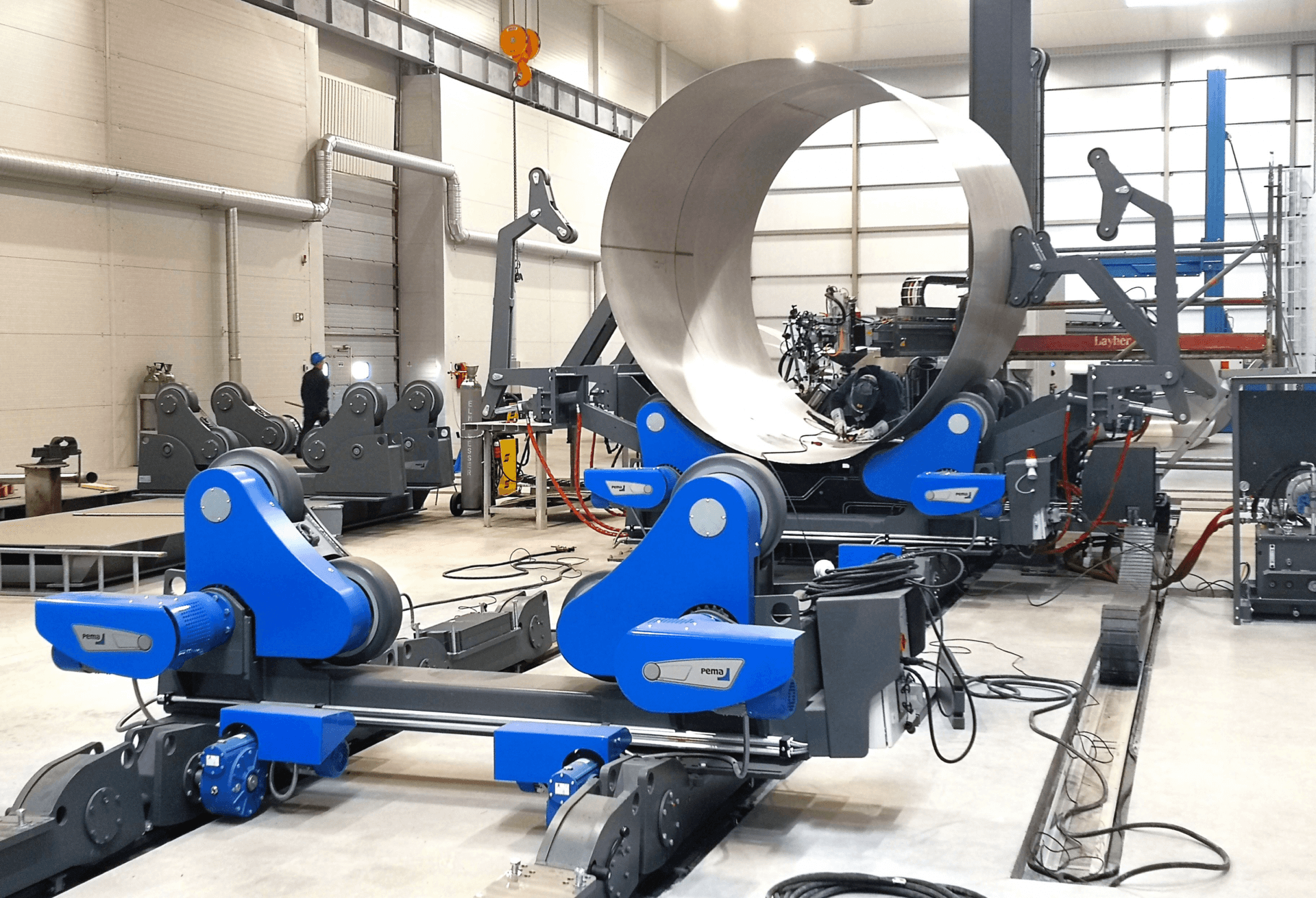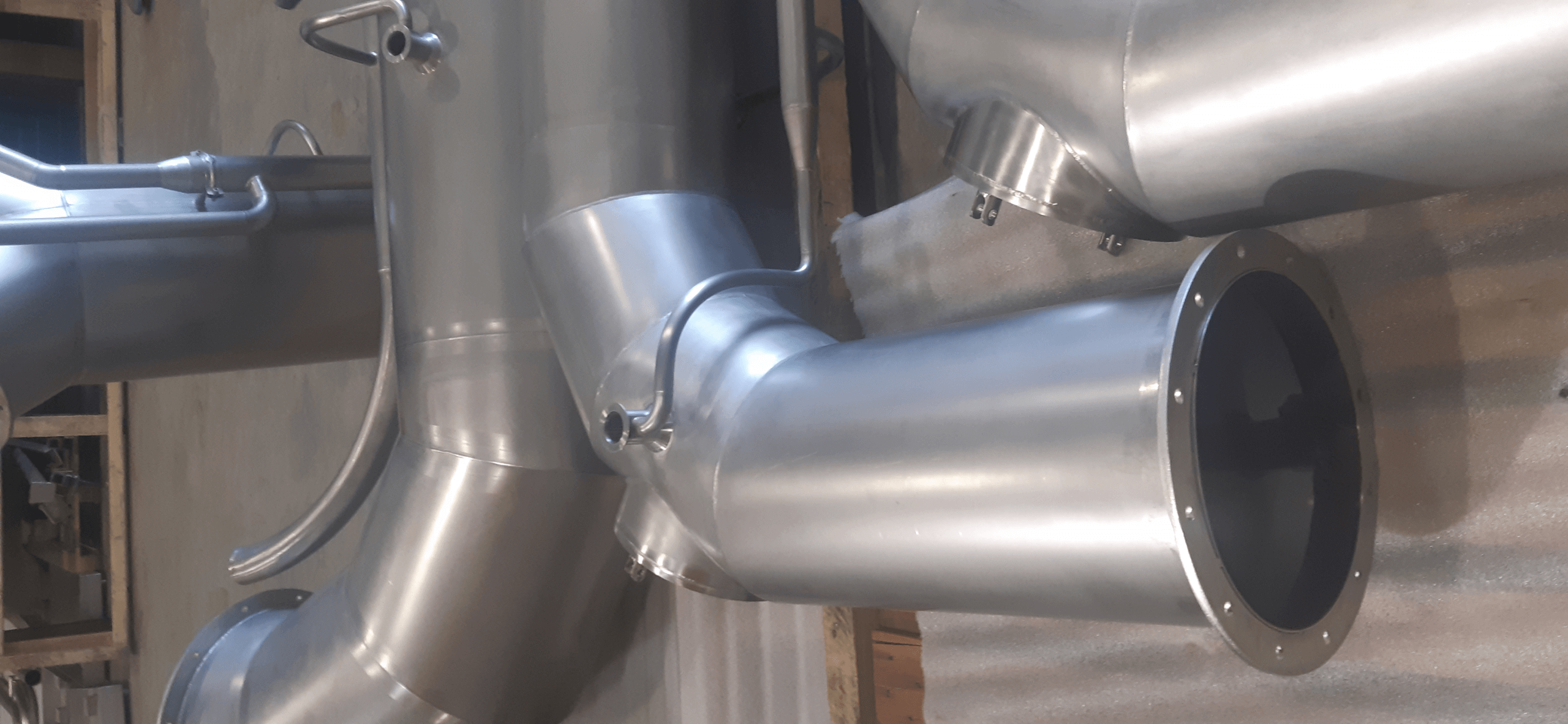Flue Gas Treatment
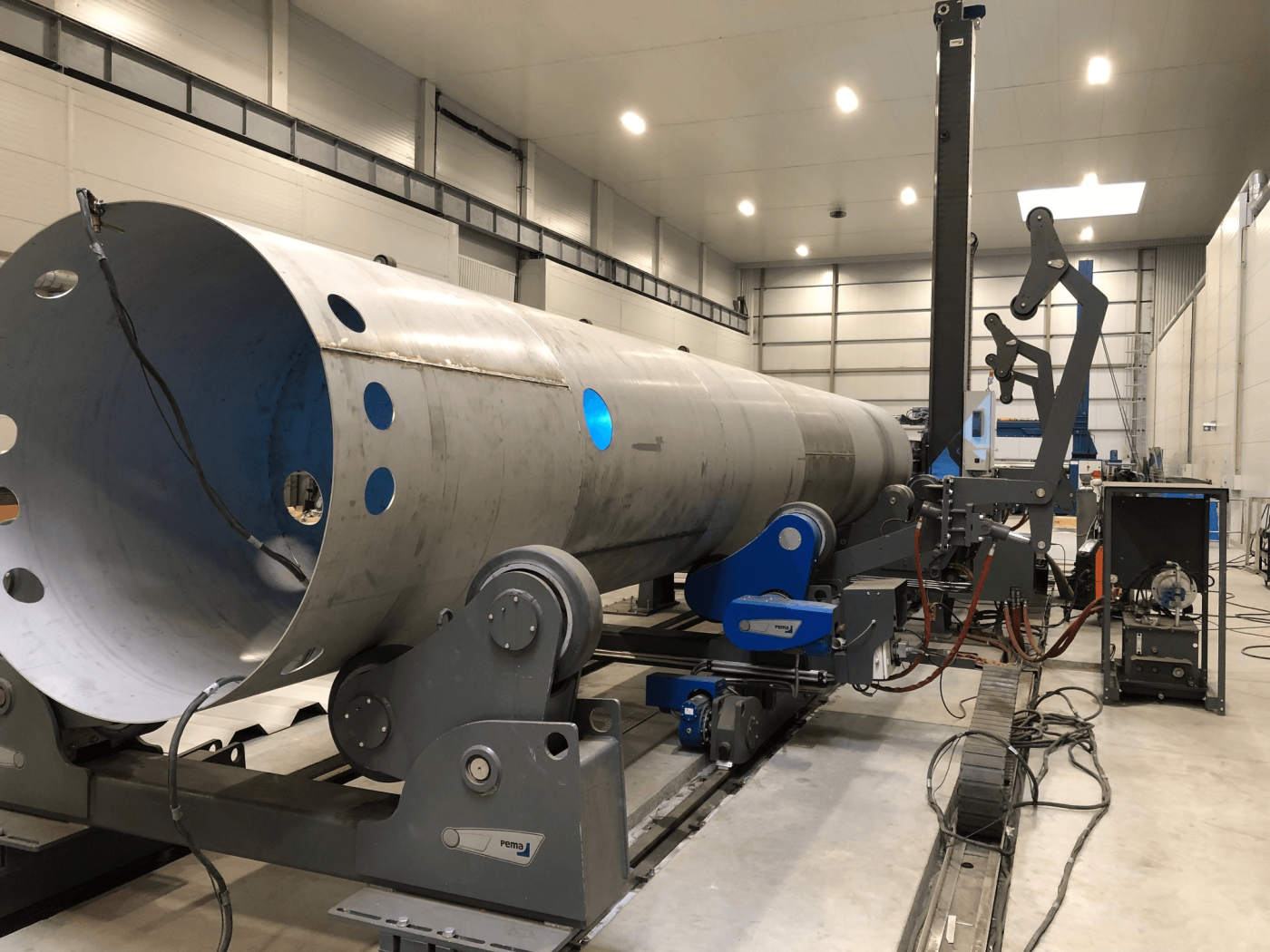
Innovative Solutions for a Sustainable Future
Reducing greenhouse gas emissions is a critical goal for modern industries, and Western Technological Solutions provides reliable answers with advanced Carbon capture, green Hydrogen, and environmental equipment. Our systems are engineered to meet strict environmental regulations while ensuring long-term efficiency and durability.
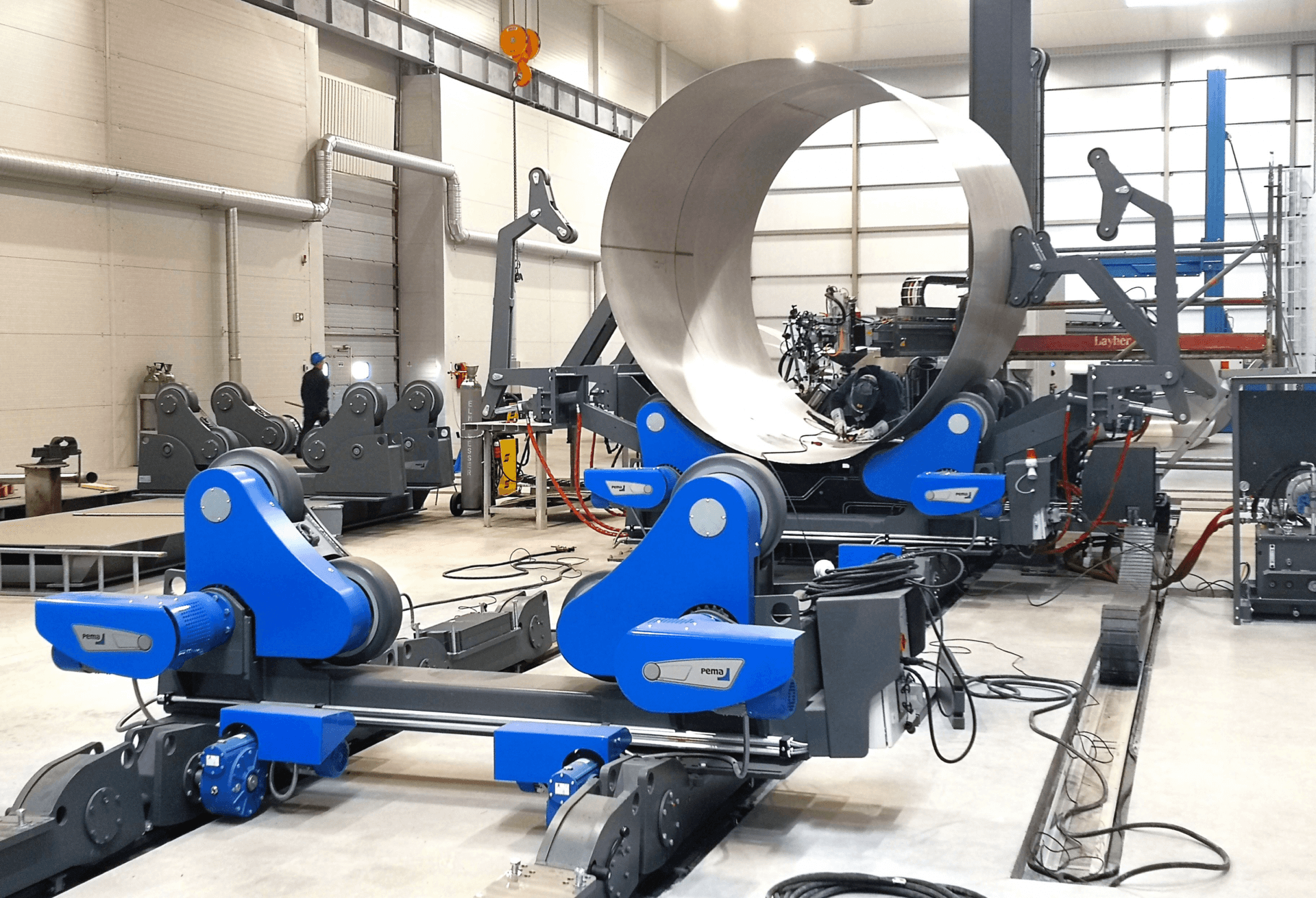
Expertise Beyond Carbon Capture
While our focus includes CO₂ capture and environmental equipment, Western Technological Solutions also manufactures pressure vessels, storage and fuel tanks, scrubbers (exhaust gas scrubbers), and custom welding assemblies in stainless steel and aluminum. This broad expertise allows us to deliver complete solutions that serve industries ranging from energy and shipping to chemical and food processing.
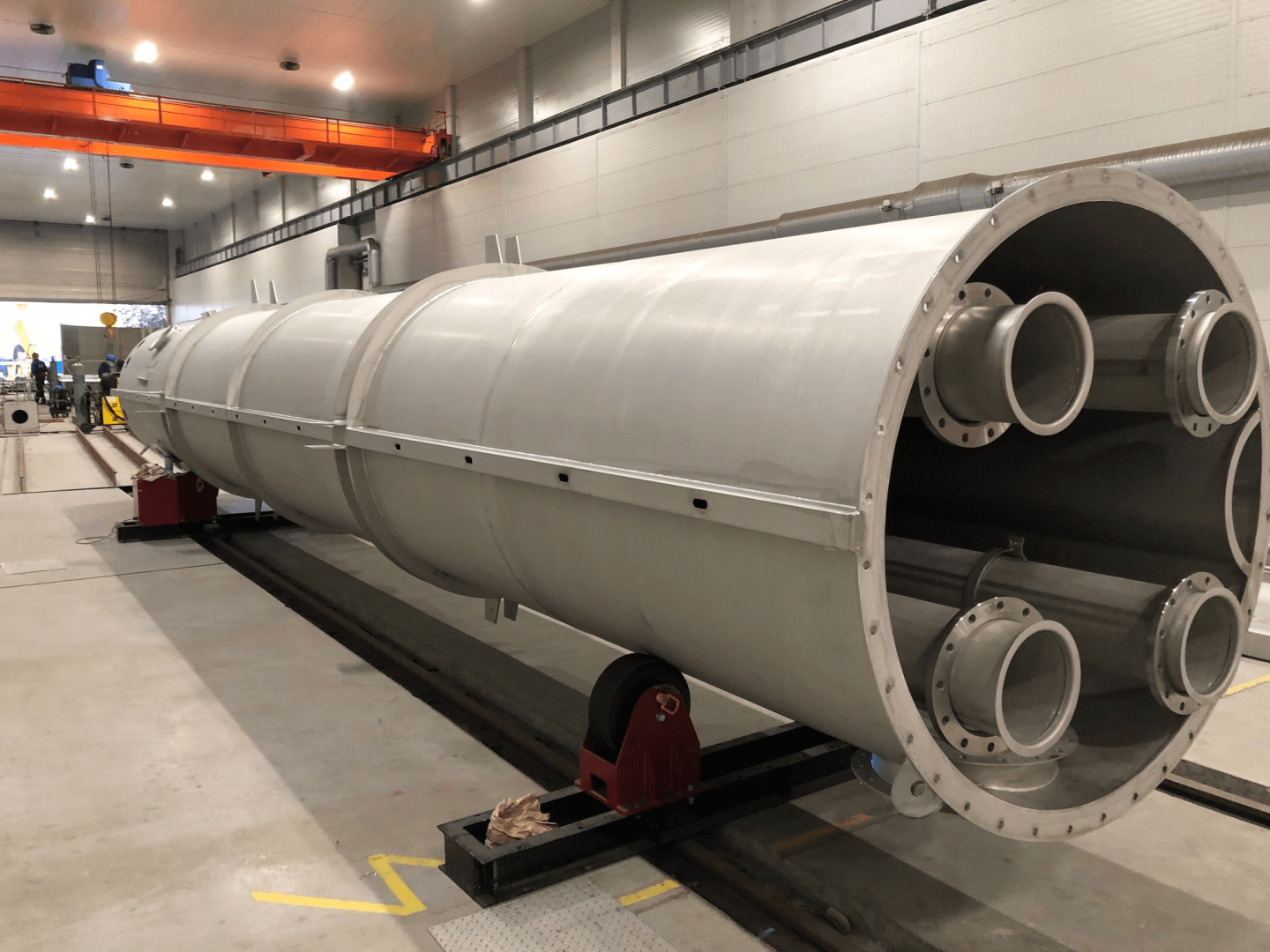
A Trusted Partner for Sustainable Growth
Each project we deliver is backed by strict quality standards, advanced engineering, and a commitment to environmental responsibility. Whether you require a CO₂ absorber, a precipitator, or a complete carbon capture system, we provide solutions that support both regulatory compliance and sustainable growth.
Understanding the Environmental Complexity of Green Hydrogen
Green Hydrogen is often hailed as a cornerstone of the clean energy transition, promising a zero-emission chemical raw material or fuel derived from renewable electricity and water through electrolysis. However, what many overlook is the significant environmental footprint associated with the water preparation and wastewater management processes required for producing the ultra-pure deionized (DI) water essential for electrolysis. Contrary to popular belief, green hydrogen production is not without ecological complexities. The intensive water treatment involved can generate substantial volumes of challenging wastewater, demanding innovative solutions to minimize environmental impact. At Western Technological Solutions, we specialize in stainless steel vessels and structures designed to address these very challenges, ensuring sustainable and efficient operations.
Water Sources and Treatment Process
The raw water sources for preparing purified water in green hydrogen production are diverse, including surface waters like rivers and lakes, seawater, industrial wastewater, rainwater runoff, and more. These sources rarely meet the stringent purity requirements for electrolysis, where even trace minerals can damage electrolyzers or reduce efficiency. As a result, raw water undergoes a multi-stage treatment process: clarification to remove suspended solids, ultrafiltration for finer particle removal, first-stage reverse osmosis (RO) for initial desalination, second-stage RO for further purification, and finally electrodeionization (EDI) to achieve ultra-low conductivity.
Wastewater Management and Environmental Challenges
Each stage of this water purification generates two streams: the desired purified water and byproduct wastewater that requires careful attention and special disposal. The reverse osmosis stages are particularly noteworthy, as they typically produce around 20% of the initial raw water flow as highly mineralized concentrate. This concentrate is laden with salts, minerals, and other contaminants rejected by the RO membranes, making its disposal complex and costly. It often necessitates specialized treatment systems and environmental permits, as improper handling can lead to soil salinization, groundwater contamination, or harm to aquatic ecosystems.
Water Quality Standards and Material Requirements
As the water progresses through treatment, it becomes increasingly demineralized, requiring handling with specialized materials to prevent recontamination. After the first-stage RO, total dissolved solids (TDS) levels typically drop to around 50 ppm (mg/L). The second-stage RO further reduces this to about 5 ppm, and EDI polishes it to ultra-pure levels below 0.1 ppm – essential for preventing scaling or corrosion in electrolyzers.
Water Consumption in Green Hydrogen Production
Did you know that for large-scale hydrogen production, the consumption of deionized water for the electrolysis process alone is approximately 10 liters per kilogram of hydrogen produced? Moreover, the raw water input is at least 20 liters per kilogram to account for losses during treatment (source: RMI Hydrogen Reality Check, 2023). This water intensity underscores a lesser-known aspect of green hydrogen: while the electrolysis reaction itself is clean, the upstream water management can strain local resources, especially in water-scarce regions.
Reactivity and Handling of Deionized Water
Another underappreciated fact is the extreme reactivity of deionized water. Stripped of minerals, DI water acts like a “hungry” solvent, readily reacting with any surface it contacts and absorbing gases like oxygen and carbon dioxide from the air. This can compromise its purity, leading to increased conductivity or even microbial growth if not managed properly. To preserve its properties, buffer tanks and storage reservoirs for demineralized (DM) and DI water must be constructed from inert materials and equipped with carbon dioxide scrubbers or nitrogen blanketing systems.
Stainless Steel: The Optimal Material Choice
Stainless steel grade SS316L (1.4404) stands out as the optimal material for DM and DI water industrial tanks, balancing strength, corrosion resistance, and cost-effectiveness. While small-volume tanks (under a few cubic meters) might use specialized polymers, large-scale industrial vessels – often hundreds of cubic meters – rely on stainless steel for durability and scalability. Its non-reactive surface minimizes leaching, ensuring the water remains ultra-pure during storage.
Custom-Engineered Tanks for Hydrogen Facilities
At Western Technological Solutions, we offer factory-built, vertical, cylindrical, above-ground stainless steel welded tanks with capacities up to 500 m³ specifically for storing DM and DI water. These tanks can be configured for indoor or outdoor installation, with optional heat insulation to prevent condensation or temperature fluctuations. We provide turnkey solutions delivered directly to the customer’s site or custom-built to precise specifications, ensuring seamless integration into your green hydrogen facility.
To illustrate the scale of the water challenge, consider a typical large-scale green hydrogen production plant with a capacity of 100 tons per day (or about 36,500 tons per year). The consumption of high-purity DI water for the electrolysis process would amount to approximately 1,000 m³ per day (365,000 m³ per year). Meanwhile, the generation of highly mineralized wastewater from reverse osmosis concentrate and chemical membrane cleanings would be at least 200 m³ per day (73,000 m³ per year). These figures highlight how water management can become a bottleneck, amplifying the environmental footprint if not addressed.
Direct discharge of this concentrate into surface waters like rivers or lakes, or onto land, is strictly prohibited in most jurisdictions due to its high salinity and potential for ecological disruption. Even discharge into the sea, permitted in some arid countries as a lesser evil, poses risks to marine life and is far from ideal. As global regulations tighten, the industry is shifting toward sustainable alternatives.
The modern Zero Liquid Discharge (ZLD) concept is gaining widespread adoption for managing these high-mineralization wastewaters. ZLD aims for the complete elimination of liquid discharges, transforming wastewater into reusable resources or safely disposable solids. This is achieved through energy-efficient evaporators and crystallizers that concentrate the wastewater, recovering distilled water for reuse while producing a saturated slurry or dry powder suitable for landfill disposal or beneficial reuse.
Advanced Stainless Steel Evaporators and Crystallizers
In a ZLD system, evaporators serve as the first stage, utilizing heat to vaporize water under vacuum conditions, resulting in high-quality distillate and a concentrated brine. This brine then feeds into crystallizers, where further evaporation forces salts to precipitate as crystals, resulting in dry solids. The process minimizes energy use by operating at reduced pressures, lowering boiling points, and leveraging waste heat from other plant operations.
The concentrate from RO (highly mineralized wastewaters) is corrosive, attacking most materials through scaling, pitting, or chemical degradation. As a result, stainless steel emerges as virtually the only viable material for constructing evaporators and crystallizers, offering superior resistance to corrosion and high temperatures. These units are typically designed as vertical cylindrical columns with external jackets for heating and internal components tailored to the evaporator type. Vacuum systems maintain low pressure inside, optimizing energy efficiency.
Commitment to Sustainable Innovation
Western Technological Solutions is proud to offer custom manufacturing services for evaporators and crystallizers, built to your exact technical specifications. Our expertise in stainless steel fabrication ensures these pressure vessels withstand the harsh conditions of ZLD operations, supporting your commitment to sustainable green hydrogen production.
In conclusion, while green hydrogen holds immense promise, addressing its water-related environmental complexities is crucial for true sustainability. By investing in advanced water storage and treatment infrastructure, such as our stainless steel solutions, producers can mitigate these hidden challenges, reduce waste, and comply with stringent regulations. Contact Western Technological Solutions today to learn how we can tailor our products to your needs, paving the way for a greener future.
Tailored Carbon Capture Solutions
Among the key products in this field are CO₂ absorbers, designed to remove carbon dioxide effectively from flue gases in industrial and thermal energy applications. Our product line also includes high-efficiency electrostatic precipitators that capture fine particulate matter (PM) from flue gases, along with mist eliminators (demisters) and robust ducting systems that integrate seamlessly into broader process infrastructures. Together, these solutions form the backbone of effective carbon capture technology, ensuring that industries can reduce their environmental footprint without compromising productivity.
Specialized Equipment for Demanding Applications
Some industries, like mining, require extremely robust and reliable equipment, such as stainless steel hydrocyclones, thickeners, and sophisticated large-diameter piping assemblies for highly abrasive working media.
The oil and gas industry relies on corrosion-resistant oil and gas separators, as well as a wide range of modular stainless steel structures designed specifically for offshore platforms and harsh operating environments.
We have extensive experience in engineering and manufacturing unique, large-scale custom products tailored to meet specific project requirements.
Technological Expertise
Advanced stainless and aluminum solutions for industrial precision.
Comprehensive Capabilities
Full-cycle production from engineering to delivery under one roof.
Experienced Team
Skilled professionals backed by Western Shipyard Group and BLRT Group.
Quality Assurance
Certified to ISO 9001, EN 1090 EXC3, and ISO 3834-2 for proven excellence.
Client-Oriented Approach
We adapt to every client’s unique needs for optimal project results.
International Presence
Part of BLRT Group, serving clients across the Baltic and global markets.
